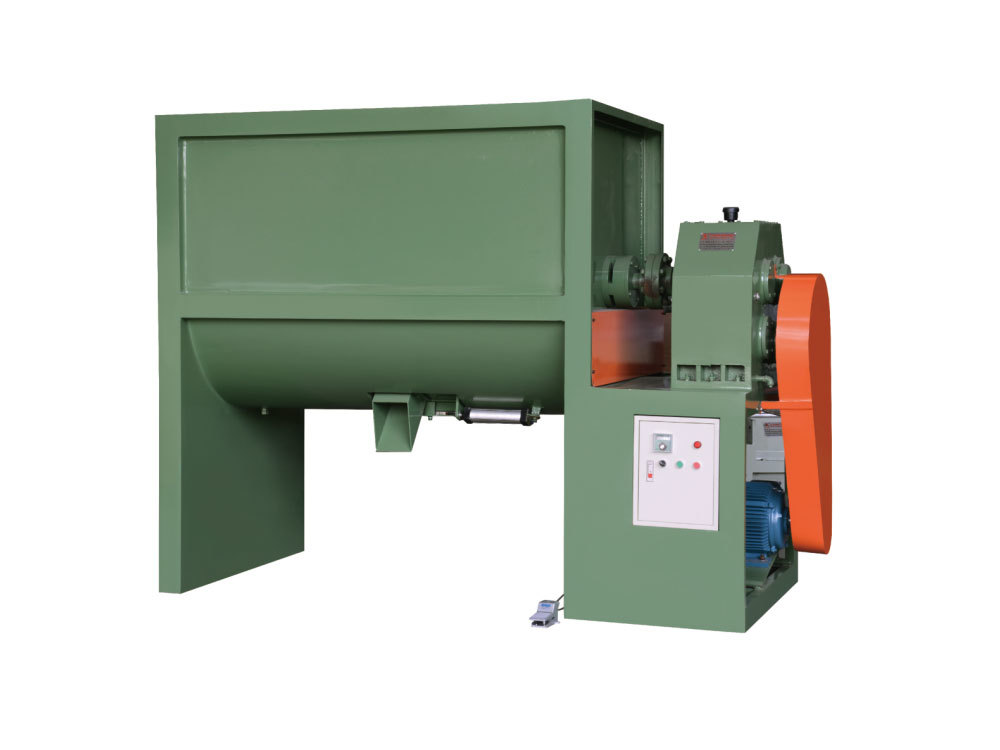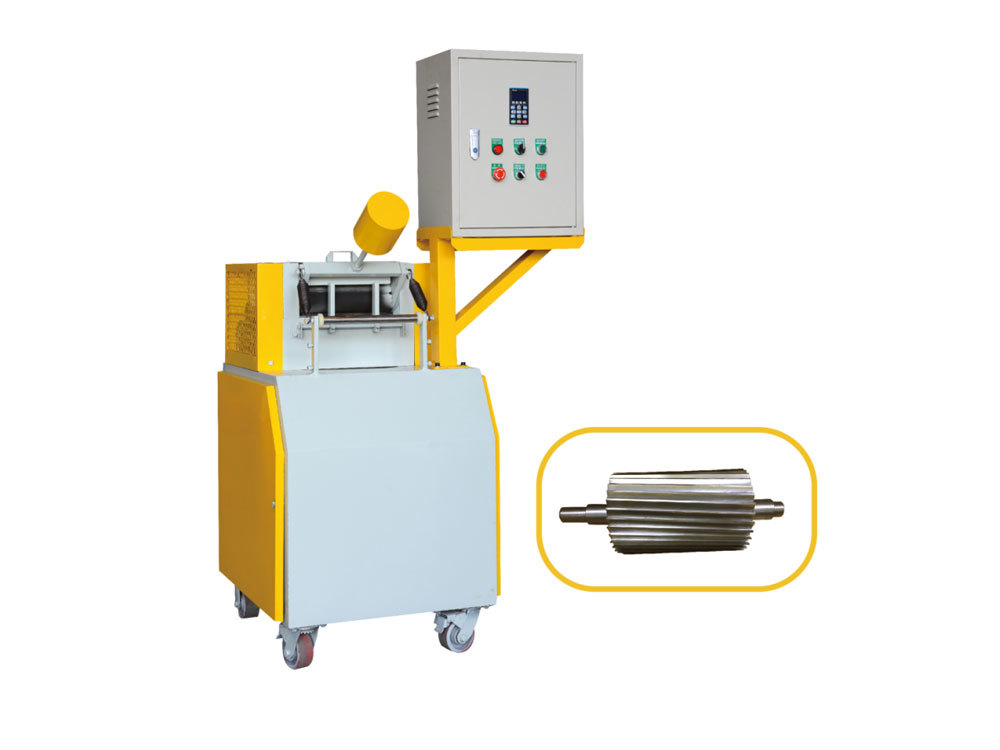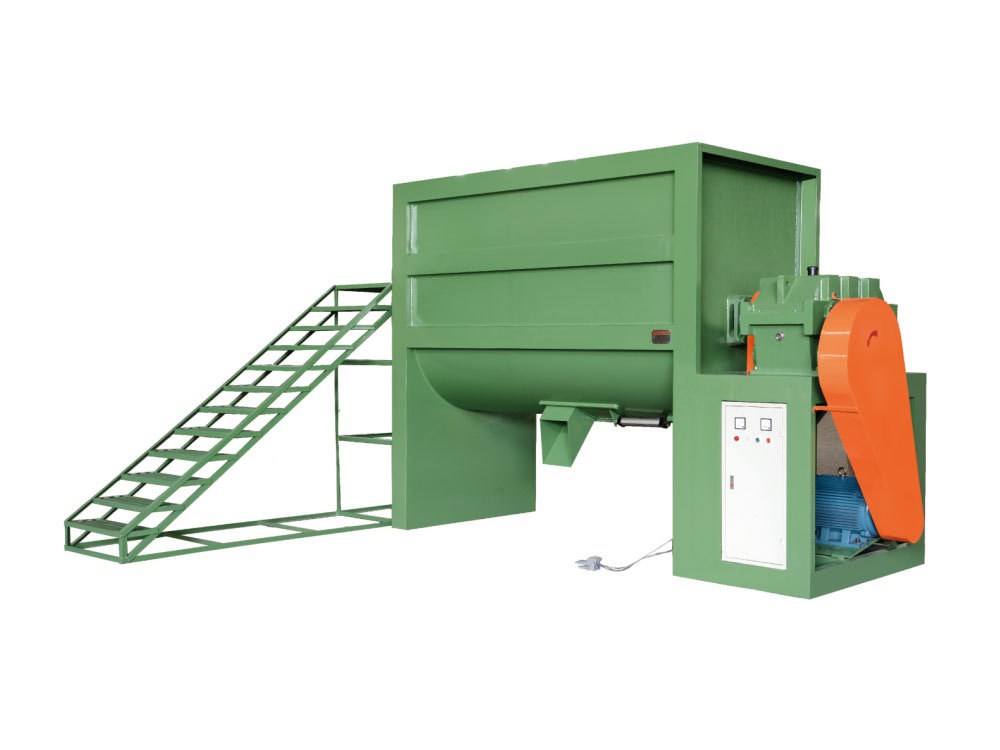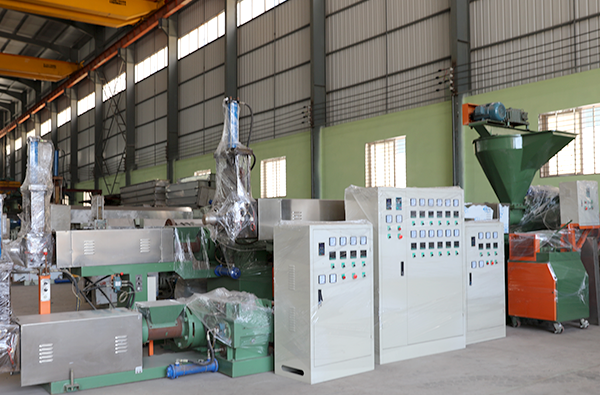Essential Safety Protocols for Operating the Latest Plastic Granulator Machines
Release Time:
Apr 23,2025
Essential Safety Protocols for Operating the Latest Plastic Granulator Machines Operating a plastic granulator machine requires a thorough understanding of safety protocols to ensure the protection of personnel and equipment. The latest models incorporate advanced technology that enhances efficiency, but they also come with unique challenges. This article delves deeply into the **safety measures**
Essential Safety Protocols for Operating the Latest Plastic Granulator Machines
Operating a plastic granulator machine requires a thorough understanding of safety protocols to ensure the protection of personnel and equipment. The latest models incorporate advanced technology that enhances efficiency, but they also come with unique challenges. This article delves deeply into the **safety measures**, **operational techniques**, and **best practices** for effectively using these machines.
Table of Contents
1. Understanding the Plastic Granulator Machine
2. Importance of Safety Protocols
3. Key Safety Features of New Plastic Granulator Machines
4. Preparing for Operation
4.1 PPE: Personal Protective Equipment Essentials
4.2 Conducting a Pre-Operational Safety Check
5. Operating Procedures
5.1 Proper Loading Techniques
5.2 Understanding Emergency Stop Functions
6. Post-Operation Safety Measures
7. Training and Certification Requirements
8. Frequently Asked Questions (FAQs)
9. Conclusion
1. Understanding the Plastic Granulator Machine
A plastic granulator machine is designed to break down plastic materials into smaller granules, facilitating recycling and manufacturing processes. These machines utilize sharp blades and high-speed rotation to achieve the desired granule size. Knowing the machine's components and functionalities is crucial for safe operation.
2. Importance of Safety Protocols
Implementing safety protocols is not just a regulatory requirement; it’s essential for protecting workers and ensuring efficient operation. Lack of adherence to safety measures can lead to accidents, injuries, and costly downtime. Understanding the importance of safety protocols can significantly enhance workplace efficiency and foster a culture of safety.
3. Key Safety Features of New Plastic Granulator Machines
The newest plastic granulator machines come equipped with several safety features designed to minimize accidents and improve user experience. These may include:
- **Emergency stop buttons** that immediately halt machine operation.
- **Safety shields** that prevent accidental contact with moving parts.
- **Automatic shut-off systems** that activate in case of malfunctions.
- **Overload protection** mechanisms to mitigate the risk of damage during excessive use.
Familiarization with these features is vital for effective operation and safety compliance.
4. Preparing for Operation
4.1 PPE: Personal Protective Equipment Essentials
Before operating a plastic granulator machine, it's imperative to wear appropriate personal protective equipment (PPE). Essential PPE includes:
- **Safety goggles** to protect eyes from flying debris.
- **Ear protection** to guard against noise pollution.
- **Gloves** to shield hands from sharp edges.
- **Steel-toe boots** to protect feet from heavy machinery.
Ensure that all operators are equipped with the necessary PPE before beginning work.
4.2 Conducting a Pre-Operational Safety Check
A thorough pre-operational safety check can prevent accidents. Operators should inspect the following:
- **Electrical connections** to ensure they are secure and undamaged.
- **Blades and cutting areas** to verify they are sharp and free of debris.
- **Safety guards** to ensure they are installed correctly.
- **Fluid levels** to confirm that all lubricants and coolants are adequate.
Performing these checks enhances safety and prolongs the life of the machine.
5. Operating Procedures
5.1 Proper Loading Techniques
Loading material into the granulator must be done carefully. Follow these guidelines:
- **Do not exceed the maximum load capacity** to prevent jams and overloads.
- **Distribute loads evenly** to maintain balance and prevent equipment strain.
- **Avoid using hands or tools** to push material into the machine; use proper feeding equipment.
These techniques help maintain safety and efficiency during operation.
5.2 Understanding Emergency Stop Functions
Operators must be trained to recognize the emergency stop functions of the machine. This includes:
- Knowing the location of the emergency stop button.
- Understanding how to activate it quickly in case of an emergency.
- Familiarizing themselves with the machine’s reset procedures after an emergency stop.
Being prepared for emergencies can significantly reduce injury risk.
6. Post-Operation Safety Measures
After operating the plastic granulator machine, implement these post-operation safety measures:
- **Shut down the machine completely** and ensure it is unplugged.
- **Clean the work area** to remove any residual material.
- **Inspect the machine** for any signs of wear or damage.
- **Record operational data** and any issues encountered for future reference.
These practices ensure ongoing safety and maintenance of the equipment.
7. Training and Certification Requirements
All operators should undergo comprehensive training regarding safe operation and maintenance of plastic granulator machines. This training should cover:
- Familiarization with machine components.
- Understanding of safety features and protocols.
- Emergency response procedures.
Certification programs can enhance an operator’s qualifications and ensure they are prepared to handle machinery safely.
8. Frequently Asked Questions (FAQs)
What are the most common hazards associated with plastic granulator machines?
Common hazards include entanglement in moving parts, exposure to sharp blades, and electrical risks. Proper training and adherence to safety protocols can mitigate these hazards.
Is wearing PPE mandatory when operating a plastic granulator machine?
Yes, wearing appropriate PPE is mandatory to ensure the safety of operators and to comply with workplace safety regulations.
How often should safety checks be conducted on the machine?
Safety checks should be conducted before each operational shift and after any maintenance or repairs.
What should I do if the machine malfunctions during operation?
Immediately activate the emergency stop button, unplug the machine, and report the malfunction to a supervisor for further inspection.
Are there specific training programs for operating plastic granulator machines?
Yes, many organizations offer specialized training programs that cover the safe operation, maintenance, and troubleshooting of plastic granulator machines.
9. Conclusion
In conclusion, adhering to safety protocols when operating the newest plastic granulator machines is vital for ensuring the safety of personnel and the efficient functioning of the equipment. By understanding the machine's features, employing proper operational procedures, and committing to ongoing training and safety checks, we can significantly reduce risks associated with machinery operation. Prioritizing safety not only protects workers but also fosters a productive and efficient work environment, ultimately enhancing overall operational success.
Related Blog







